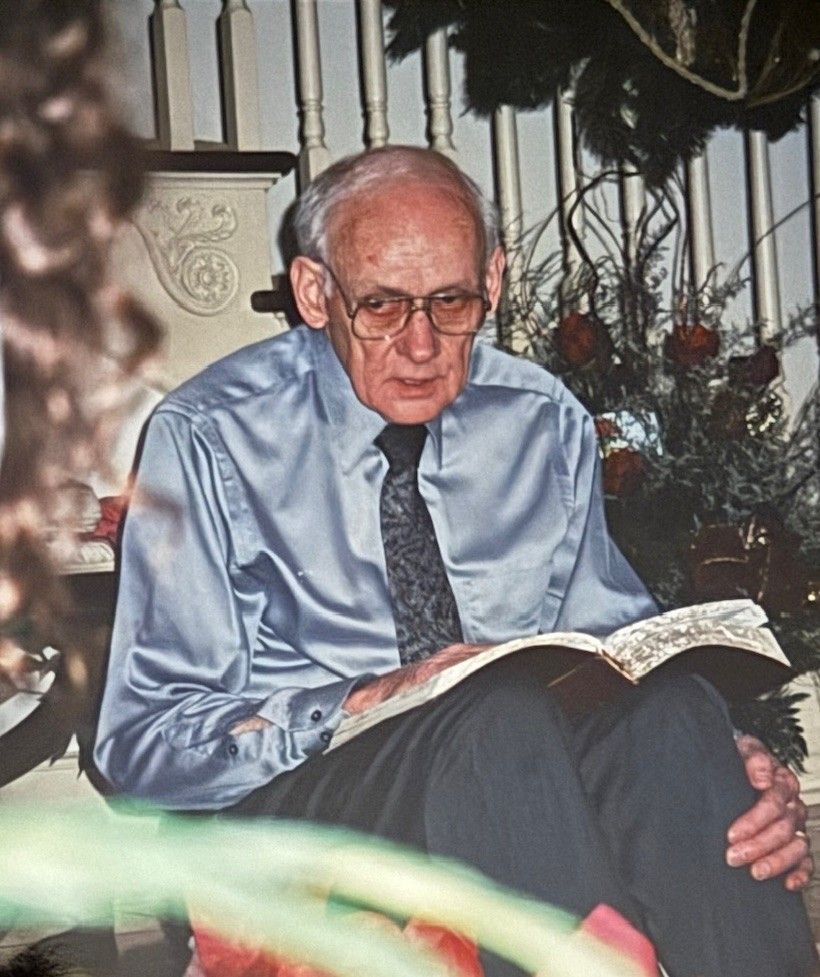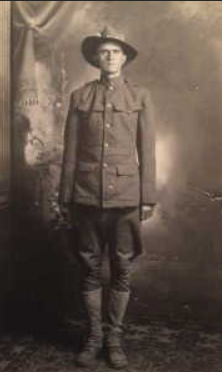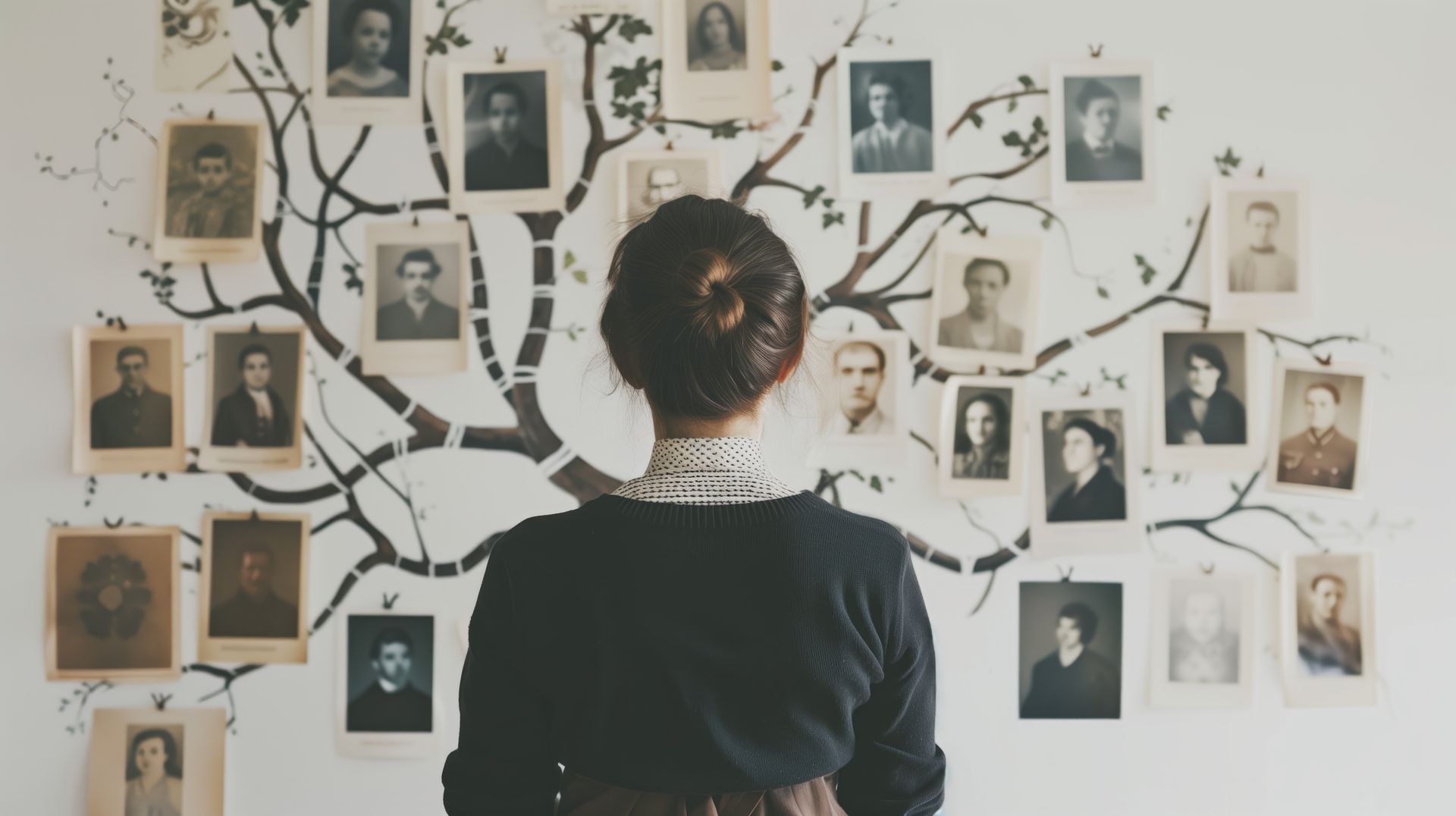And Whose Things Shall These Be?

When my husband and I were setting up housekeeping back in late 1978, we were offered the opportunity to occupy one of the upstairs apartments in the old funeral home in Savannah—the one in which my great-grandmother took up residence in the late 30s and where she remained until her death on October 4, 1960 (which I’m pretty sure took place in said apartment). Several of the directors and their families had occupied the place in the intervening 18 years with very little done as far as updating was concerned. However, as our wedding approached, my mother decided a complete overhaul was in order, one that required a basic gutting of the lath-covered walls which were draped with a cheeseclothesque material and vintage (read that brittle, faded, and torn) wallpaper so modern day sheetrock could take its place.
Once the actual construction/redecorating was complete, the issue of furniture arose. After all, what good is a newly renovated space if you have to sleep standing up? Enter my grandfather, son of the aforementioned great-grandmother. At her death he had taken her furniture to Bolivar and stored it in the walk-in attic space of the funeral home. So he called and offered, my mother accepted on our behalf, and a day was appointed upon which we would go west to see what treasures awaited us.
Can I tell you how wonderfully magnificent that trip was? Not only did we end up with an almost fully furnished apartment, but I was allowed to briefly travel back in time. To lay my hands on surfaces my great-grandmother touched on a daily basis and to bring back to life things she had chosen that meant something to her—to place them where she might have placed them and to use them as she had used them.
There was the full dining room suite, complete with a beautiful table (with two leaves for expansion) and six chairs, a china cabinet, a smaller cabinet, and a buffet, a coffee table and larger side table made of painted rosewood, a solid cherry occasional table with a musical lyre as its pedestal, a whole bedroom suite with a double bed (and no, she didn’t die in it . . . at least I don’t think she did . . .), a wardrobe and dresser, and a Duncan Phyfe sofa. Not only could we sleep lying down, we could even watch television in comfort.
Looking back I realize we were exceptionally blessed for three reasons: 1) I was the first of my generation to marry, 2) my grandfather had the foresight (and space) to save and store his mother’s furniture, and 3) he was willing to share. And now, my brother and I have an apartment full of furniture that once belonged to our parents . . . and the same decisions to face regarding those contents.
My two children already have their homes, both of which are fully furnished with all the necessities of life. My nephew and his wife and my niece have yet to settle into their “permanent” abodes, but who’s to say their tastes will be anything like their Grandmother Shack’s? And actually, if you think about it, two generations passed before my great-grandmother’s furniture saw the light of day again. Do we keep these furnishings for that long? And, if so . . . where ? As nice as storage units are, they aren’t always secure. We learned that the hard way. So where does one safely store two bedroom suites, a formal (and sizeable) dining table with chairs and a buffet, not to mention the kitchen table and all the living room stuff? And that doesn’t even consider all the breakables and knickknacks and other dust gathering thingies. Or the dishes . . . all the dishes . . . and the (hyperbole alert . . .) 37 foot long 1950s sofa with the low back that once was turquoise (as was customary for the times) and which magically changed to corally-peach (as was customary for my mother) before it moved from the house I grew up in to the apartment in which I only spent one night. By the way, I love that sofa. It’s down filled with some kind of fancy coil system and is exceptionally comfy, a discovery I only made after my mother’s demise since we were never allowed to stretch out on it before then. Especially not while wearing shoes. But I digress, as I so often do.
I don’t know what will happen to all of the above. It may end up being our kids’ problem if Robert and I manage to procrastinate long enough. Then they’ll have one apartment to jointly clean out plus each of our houses (so basically 1.5 residences per side of the family). And that daunting task is the point of today’s discussion.
It’s hard enough trying to deal with nursing home placement or funeral arrangements, but throw in personal property distribution on top of the rest of Life’s demands, and anyone would immediately feel overwhelmed, no matter how many hands there are to tackle the job. Not only is it extremely time consuming, but it’s physically, mentally, and emotionally exhausting. Giving away or selling your history is heart-breakingly hard when keeping it tucked safely away for future generations isn’t an option. And sadly, that’s something almost everyone will face at some point in their lives.
I’ve told my kids when, for whatever reason, we no longer need our home to just take what they want out of the house and set fire to the rest. Do I really think they’ll do that? Probably not . . . but you never know. Two of Grief’s traveling companions are Stress and Depression, and the three of them can lead you in directions you might never have considered under happier circumstances.
About the author: Lisa Shackelford Thomas is a fourth generation member of a family that’s been in funeral service since 1926. She has been employed at Shackelford Funeral Directors in Savannah, Tennessee for over 40 years and currently serves as the manager there. Any opinions expressed here are hers and hers alone, and may or may not reflect the opinions of other Shackelford family members or staff.
The post And Whose Things Shall These Be? appeared first on Shackelford Funeral Directors | Blog.












